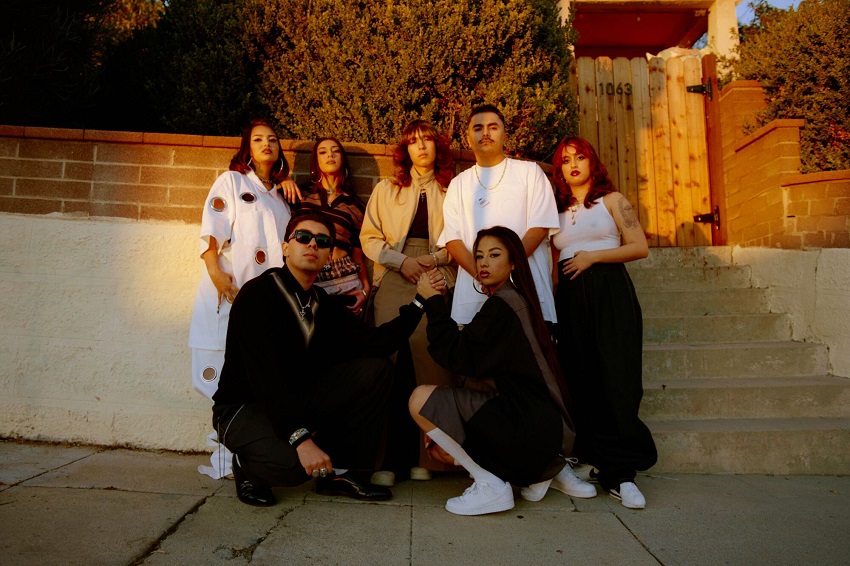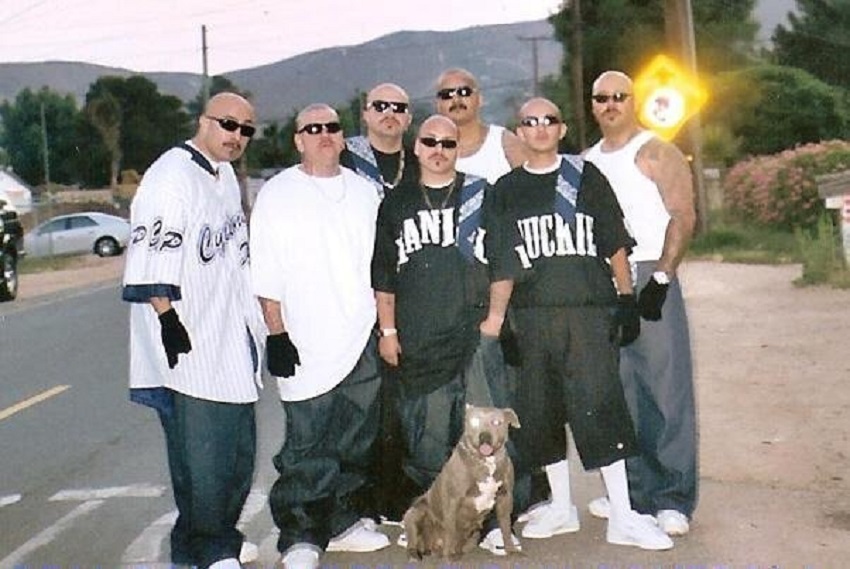
31 Jul Where Did Cholos Get Their Style?
If you’ve ever come across the term “Cholo,” you might wonder where this subculture’s distinctive style comes from. Cholos have a unique fashion sense that sets them apart, often characterized by baggy pants, bandanas, tattoos, and a tough, rebellious attitude. In this article, we’ll delve into the origins of the Cholo style and understand how it has evolved over the years. This article is provided by styleweekprovidence.com
The Roots of Cholo Culture
The history of Cholos can be traced back to the 1940s and 1950s in the Mexican-American neighborhoods of Los Angeles. At that time, many young Mexican-Americans embraced a style that blended elements of their Mexican heritage with the influence of American gang culture. The term “Cholo” originally referred to someone of mixed indigenous and European heritage but later evolved to represent this specific subculture.
The Influence of Zoot Suits
One of the key influences on early Cholo style was the Zoot Suit, a flamboyant and oversized outfit that was popular among African-American and Mexican-American youths in the 1940s. The Zoot Suit featured wide-legged, high-waisted pants, long coats, and exaggerated accessories. Cholos adopted some aspects of this attire and adapted it to suit their own preferences. Discover how to dress like a cholo
The Pachuco Connection
The Pachuco subculture, which emerged in the 1930s, also played a role in shaping the Cholo style. Pachucos were known for their distinctive dress, which included zoot suits, fedora hats, and long watch chains. Some Cholo elements can be traced back to this earlier subculture, such as the use of certain slang and the concept of personal identity through fashion.
East LA and the Chicano Movement
In the 1960s and 1970s, Cholo style further evolved as a response to social and political changes. The Chicano Movement, which aimed to empower Mexican-Americans, had a significant impact on the Cholo subculture. Cholos began to express their cultural identity and pride through their clothing, incorporating more elements of traditional Mexican attire and symbols.
The Influence of Lowriders
The car culture, particularly lowriders, also played a crucial role in shaping the Cholo style. Lowriders were customized cars with lowered suspensions, intricate paintwork, and elaborate interiors. Cholos embraced this automotive aesthetic and integrated it into their overall image.
Mainstream Media and Pop Culture
Over the years, Cholo style gained exposure through mainstream media and pop culture. Films, music videos, and television shows often depicted Cholos, which led to both fascination and misconceptions about their lifestyle. This exposure further solidified the Cholo style in popular consciousness.
The Cholo Style Today 
In the present day, Cholo style continues to evolve and adapt. While some aspects of the original style remain, modern Cholos often incorporate contemporary fashion trends, blending them with traditional elements. Cholo culture has also spread beyond Los Angeles and can be found in other parts of the United States and even internationally.
Breaking Stereotypes
It’s essential to acknowledge that Cholos, like any subculture, are not monolithic. While the media may portray them in a particular way, it’s essential to recognize that individuals within the Cholo community have diverse backgrounds, experiences, and reasons for adopting this style.
The Influence on Mainstream Fashion
Interestingly, Cholo style has also influenced mainstream fashion and streetwear. Elements like baggy pants, flannels, and bandanas have made their way into popular clothing brands and styles embraced by people who may not necessarily identify as Cholos.
The Role of Identity and Expression
Cholo style is more than just fashion; it is a form of identity and self-expression. For many Cholos, their style represents a connection to their heritage, their neighborhood, and a sense of belonging to a tight-knit community.
Addressing Misunderstandings
Unfortunately, the Cholo style has sometimes been negatively stereotyped and associated with criminal behavior. It’s crucial to differentiate between cultural expression and criminal activity and avoid perpetuating harmful assumptions.
FAQs
Q1: Are all Cholos involved in gangs?
Not necessarily. While some Cholos may be associated with gangs, it’s essential to avoid generalizations. Cholo style is a form of self-expression and doesn’t define an individual’s entire life.
Q2: Can people from different backgrounds embrace Cholo style?
Yes, Cholo style has transcended ethnic boundaries and been adopted by people from various backgrounds who appreciate the fashion and culture associated with it.
Q3: Is Cholo style limited to men?
No, both men and women can embrace Cholo style and adapt it to suit their preferences and personal expression.
Q4: Is the Cholo subculture only found in the United States?
While it originated in the United States, Cholo culture has spread internationally, influenced by migration and global popular culture.
Q5: Can someone be a Cholo without embracing the entire style?
Absolutely, being a Cholo is more about a sense of community and identity rather than conforming to a specific dress code.
Conclusion
The Cholo style is a unique and dynamic subculture that has deep roots in Mexican-American history and has evolved over the decades. Influenced by various factors, from Zoot Suits and Pachuco culture to the Chicano Movement and lowriders, Cholo style continues to be a form of self-expression and cultural identity for many individuals. It’s essential to approach this subculture with an open mind, appreciating its complexity and diversity, rather than relying on stereotypes and misconceptions.

Sorry, the comment form is closed at this time.